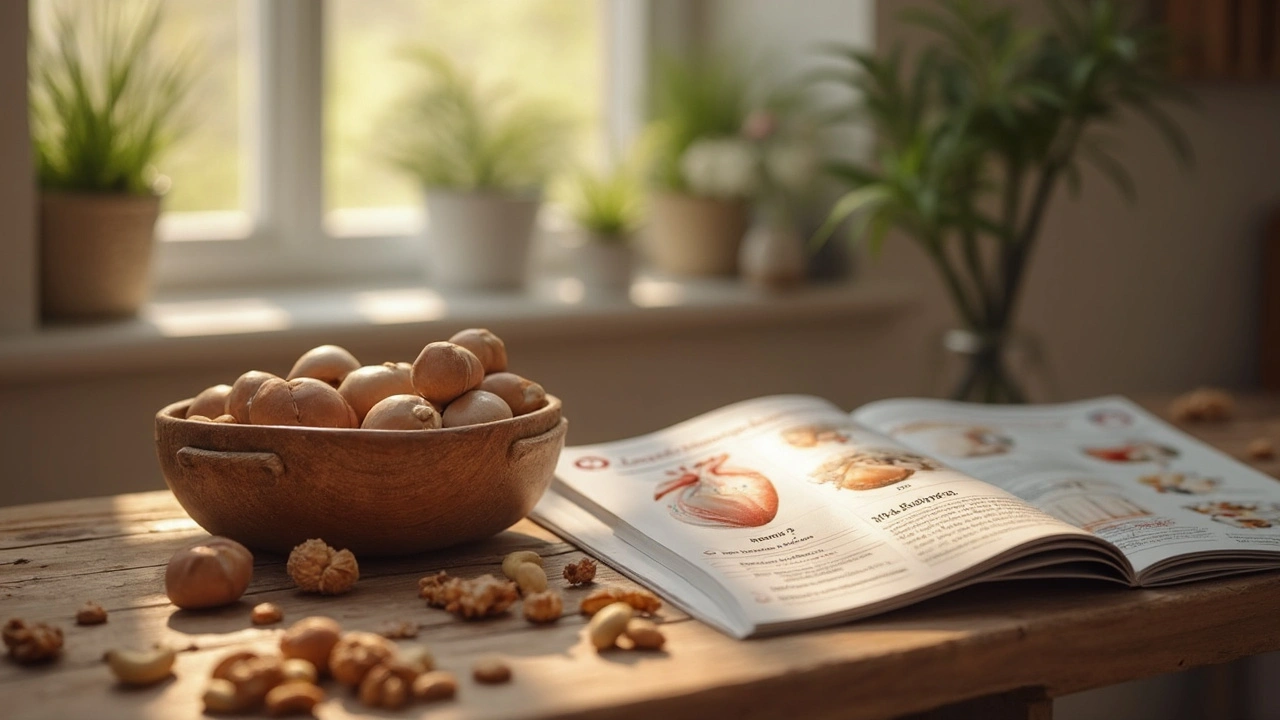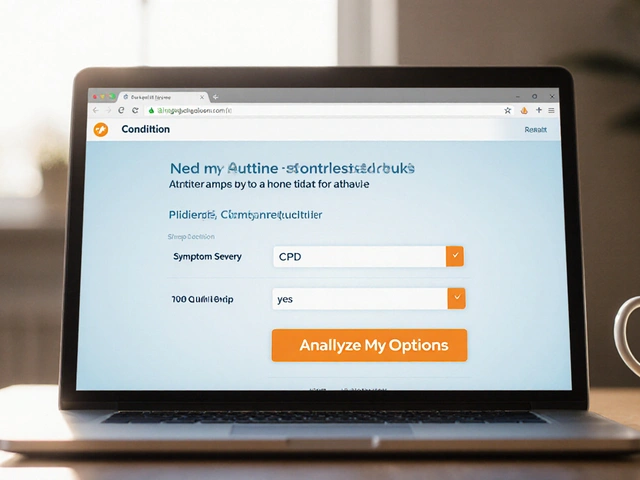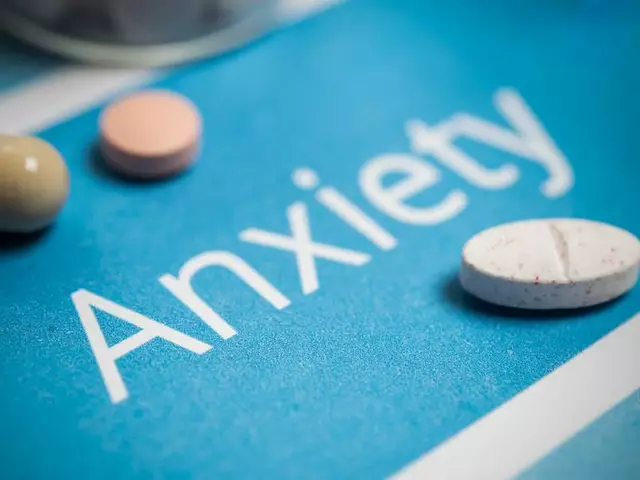Phytosterols: How Plant Sterols Help Lower LDL Cholesterol
If your doctor told you to lower LDL (bad) cholesterol without jumping straight to stronger drugs, phytosterols are worth knowing about. These are natural compounds found in plants that block some dietary cholesterol from getting absorbed in your gut. That simple action often trims LDL by about 5–15% when you use the right dose.
How phytosterols work and what to expect
Phytosterols look a lot like cholesterol, so they compete for absorption in the intestines. When you eat them with a meal, they push some cholesterol out with your stool instead of letting it enter your bloodstream. Expect to see measurable LDL drops after 2–3 weeks if you consistently take roughly 2 grams per day. They don’t usually change HDL (good) cholesterol or triglycerides much.
Two grams a day is the dose most studies use. You can reach that by taking a supplement or using fortified foods: margarines, yogurt drinks, or certain spreads carry added plant sterols. Read labels—many fortified foods give 0.5–1 g per serving, so you may need more than one serving to hit 2 g.
How to use them safely and smart tips
Take phytosterols with meals for best effect—fat in the meal helps absorption of the sterols themselves. Pair them with other heart-friendly changes: eat soluble fiber (oats, beans), choose healthy fats, and move more. Phytosterols are not a replacement for statins when you need strong LDL lowering; they’re an add-on or a step before prescription treatment.
Side effects are usually mild: some people report bloating or loose stools. There’s one rare genetic condition—sitosterolemia—where phytosterol intake should be avoided because that condition causes plant sterols to build up in the body. If you have unusual symptoms or a family history of such problems, check with a doctor before starting supplements.
Phytosterols can slightly reduce absorption of some fat-soluble nutrients like beta-carotene. You don’t need to panic—eat colorful fruits and veggies or consider a standard multivitamin if you’re worried. Also tell your doctor about any supplements you take; they can advise whether phytosterols fit with your overall plan and medications.
Choosing a product: look for labels that list "plant sterols" or "phytosterols" and show the total milligrams per serving. Prefer brands that use sterol esters (well-studied form) and have clear dosing instructions. If you go for fortified foods, track servings so you reach close to 2 g daily.
Quick checklist: aim for ~2 g/day, take with a meal, combine with diet and exercise, check for sitosterolemia risk, and keep your healthcare provider in the loop. Done right, phytosterols are a practical, low-risk tool to lower LDL and support heart health without heavy medication changes.
26
Chestnuts vs Other Nuts: Fatty Acids & Phytosterols for Heart Health
Chestnuts are often overlooked next to almonds, walnuts, and cashews, but do they help your heart as much as the usual snack nuts? This article takes a close look at chestnuts and compares their fatty acid makeup and phytosterol content to other common nuts. Get clear on the real differences and pick up tips that could help protect your heart. Plus, discover if chestnuts might deserve a spot in your pantry (and why I keep some around for my family).
Latest Posts
Popular Posts
-
 Shift Work Sleep Disorder: How to Manage Night Shifts and Get Real Sleep
Shift Work Sleep Disorder: How to Manage Night Shifts and Get Real Sleep
-
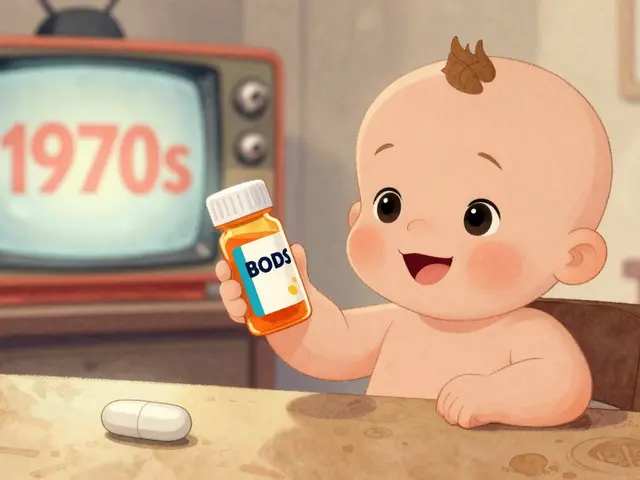 Generational Differences: How Age Shapes Attitudes Toward Generic Medications
Generational Differences: How Age Shapes Attitudes Toward Generic Medications
-
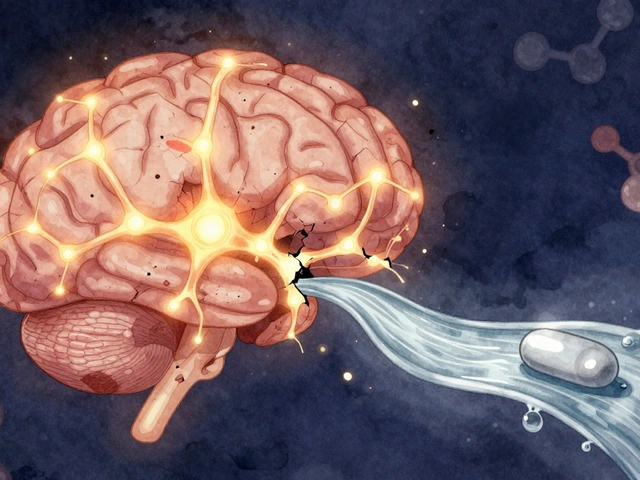 Amyotrophic Lateral Sclerosis: How Riluzole Slows Neurodegeneration and Extends Life
Amyotrophic Lateral Sclerosis: How Riluzole Slows Neurodegeneration and Extends Life
-
 Over-the-Counter Medication Safety: Hidden Ingredients and Interactions You Can't Afford to Ignore
Over-the-Counter Medication Safety: Hidden Ingredients and Interactions You Can't Afford to Ignore
-
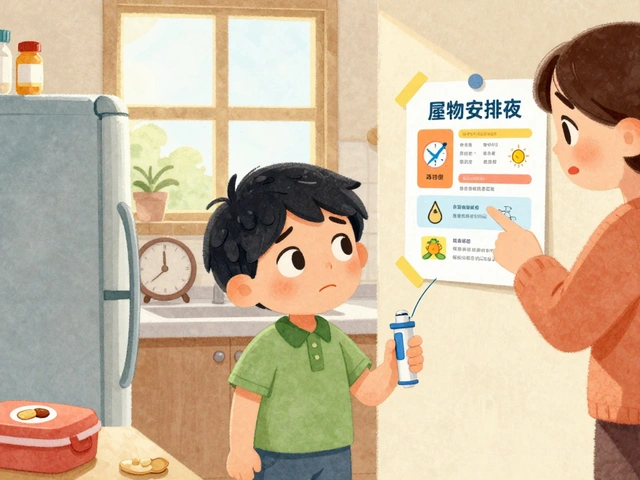 Allergy Action Plan: Essential Medications to Carry and When to Use Them
Allergy Action Plan: Essential Medications to Carry and When to Use Them
